Photographer based in Lincoln, Nebraska
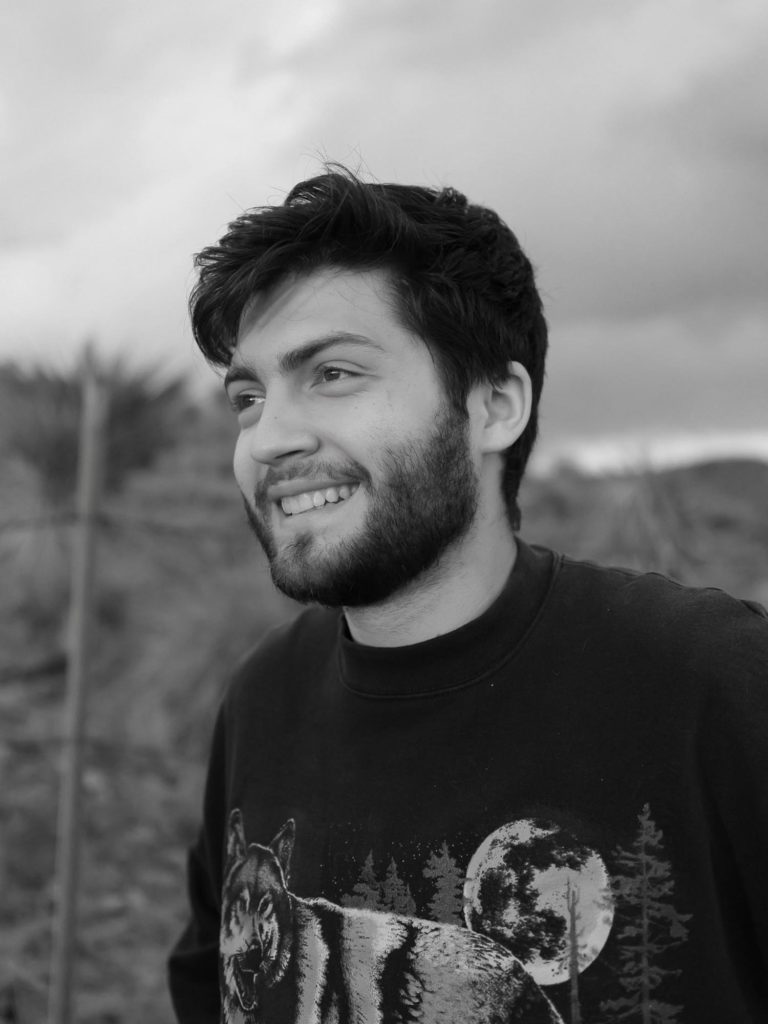
Austin Cullen, Portrait by Walker Pickering
Tell us about yourself, what's your background?
I was born and raised in Houston, Texas. Ever since I was young, I really enjoyed making art, but it wasnt until I started working with a camera did I realize I wanted to pursue artmaking as a career. The first images I made were shot on film and printed in the darkroom in the Highschool I attended. Starting with analog ingrained a deep love for process that is still a major part of my pracrice today. Besides working in the darkroom, I was fortunate enough to be in a city that really championed contempoary and historical photography. Learning photography in that enviorment deeply influcned me as an artist, and it was one of the major factors for why I decided to pursue photography as a career.
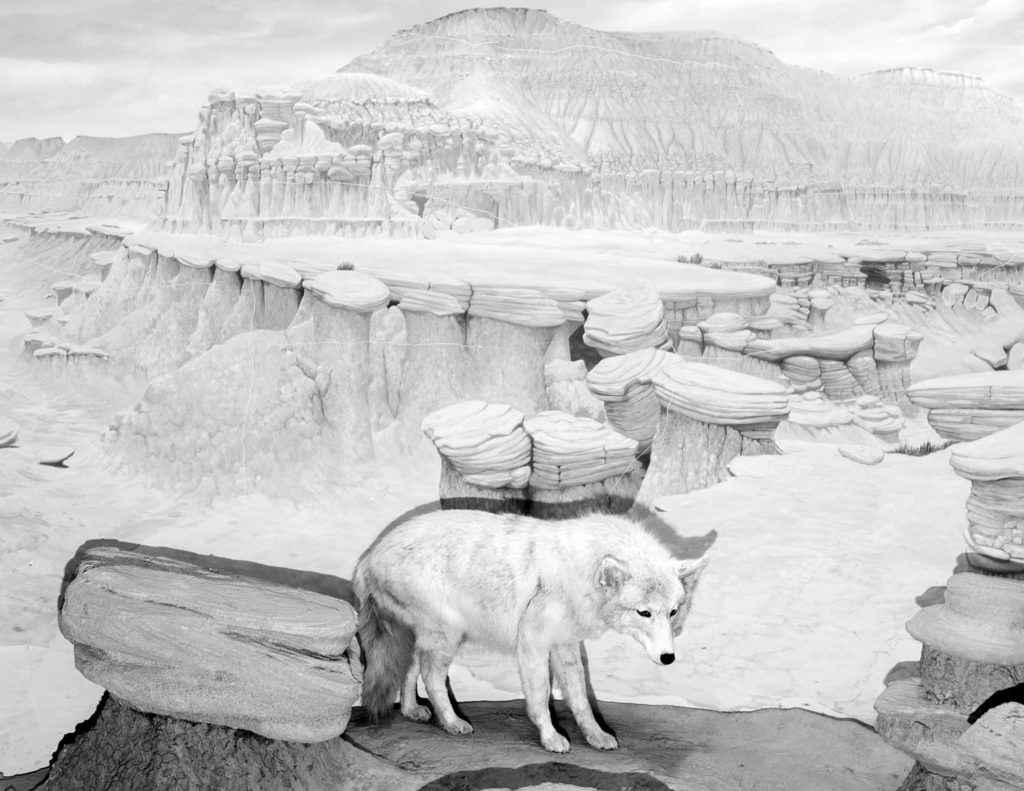
Coyote 15 x 21 in. 2021 Inkjet Print
"A Natural History (Built to be Seen) is a series of observations of the western natural world, with an emphasis on the spectacular and absurd ways it’s constructed and presented."
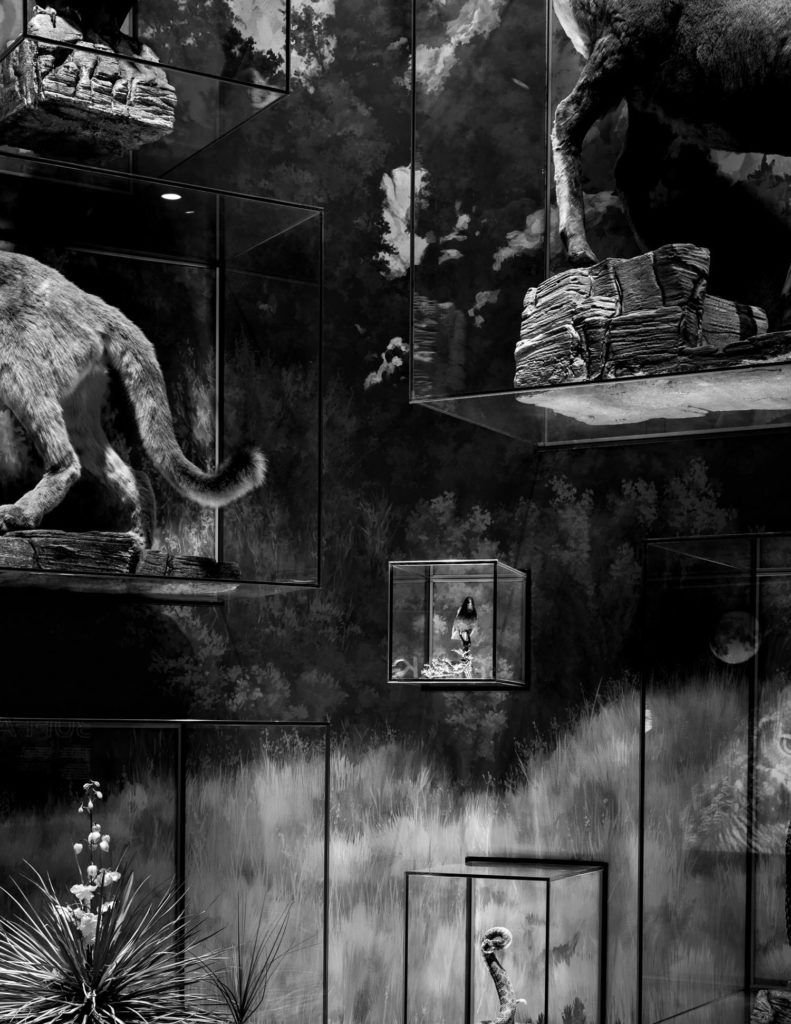
Floating Biomes 21 x 15 in. 2021 Inkjet Print
What are you currently working on and where did the inspiration for it come from?
Currently I'm working on my project "A Natural History (Built to be Seen)". I've been working on this project for a little over a year now, and I feel like there is still so much ground to cover with the project. Here is a bit from my current project statement:
A Natural History (Built to be Seen) is a series of observations of the western natural world, with an emphasis on the spectacular and absurd ways it’s constructed and presented. As someone who grew up visiting natural history museums regularly, I've always been fascinated by the extravagant ways museums framed the American landscape. Dramatic dioramas, interactive virtual experiences, and miniaturized landscapes all act as windows into the natural world. While this framing acts as a guide for reading and understanding nature, the same frame can be analyzed to understand the complex and ever-changing relationship between people and land.
With this in mind, I want to understand the ways that natural history museums and the American landscape affect one another. My photographs contrast and connect the interior spaces of museums with exterior spaces, like National Parks and scenic viewpoints. Cycling between these spaces blurs the lines between the two. Because of the similar ways nature is distorted and simplified for the viewer, what is artificial or natural, inside or outside, becomes indistinguishable. By relating the microcosm of natural history museums to the macrocosm of the larger American landscape, the cultural biases and at times absurd expectations of what is “natural” come to the forefront of the project.
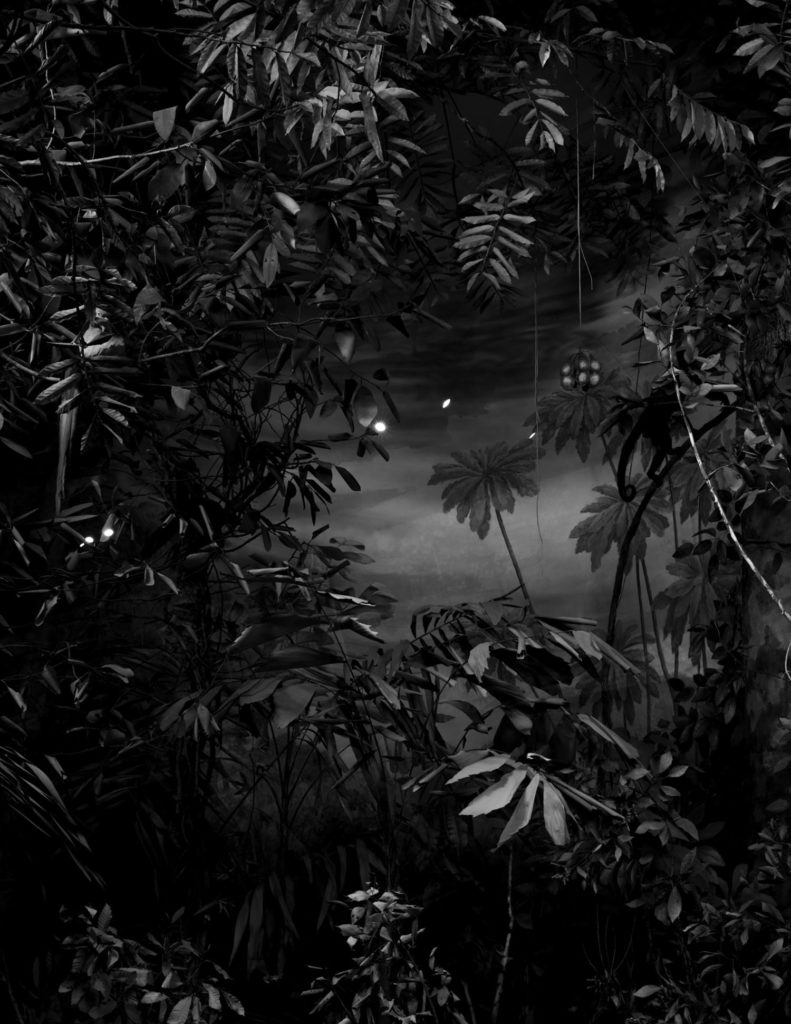
Panoramic Diorama 21 x 15 in. 2021 Inkjet Print
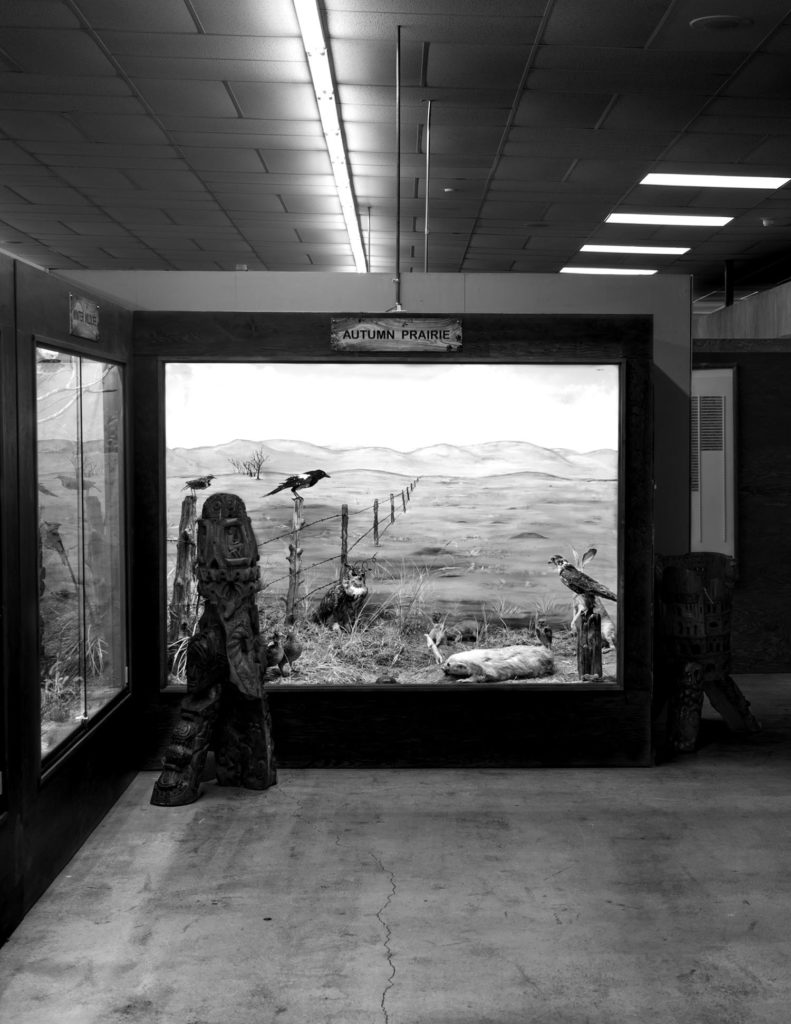
An Autumn Prairie 21 x 15 in. 2021 Inkjet Print
Innovation does not only happen in the field of technology — it occurs everyday in an artist's practice. What do you do for inspiration?
Talking with museum professionals is usually my main source for inspiration. I have extensive diolouges with scientists, fabricators, archivists and directors about the history and trajectory of natural history museums and display. These conversations give me insight into the decisionmaking and history behind most elements of museum display. This insight often points me to subjects of interest.
I'm not having these conversations everyday, so I also find inspiration in the books I read, artists I look at, and things I observe day to to day. As I'm sure most photographers would agree, it's difficult to stop seeing the world photographically, so I'm always finding new things in the world that intrigue me and inspire future works.
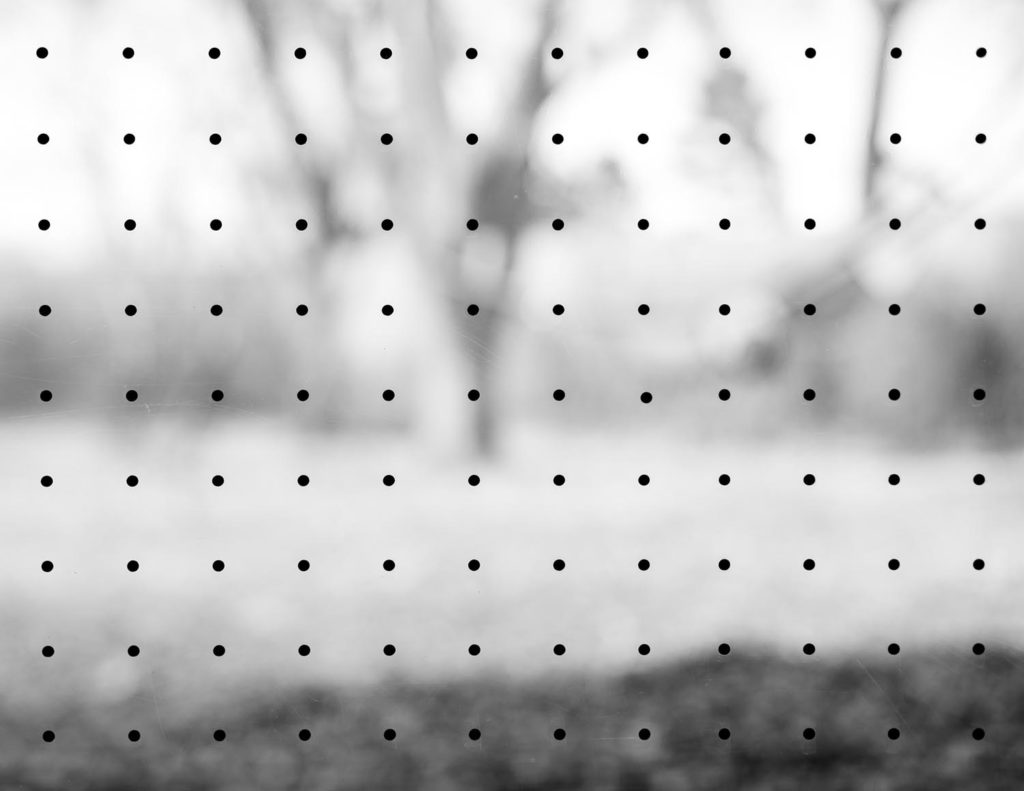
A View in Order 15 x 21 in. 2021 Inkjet Print
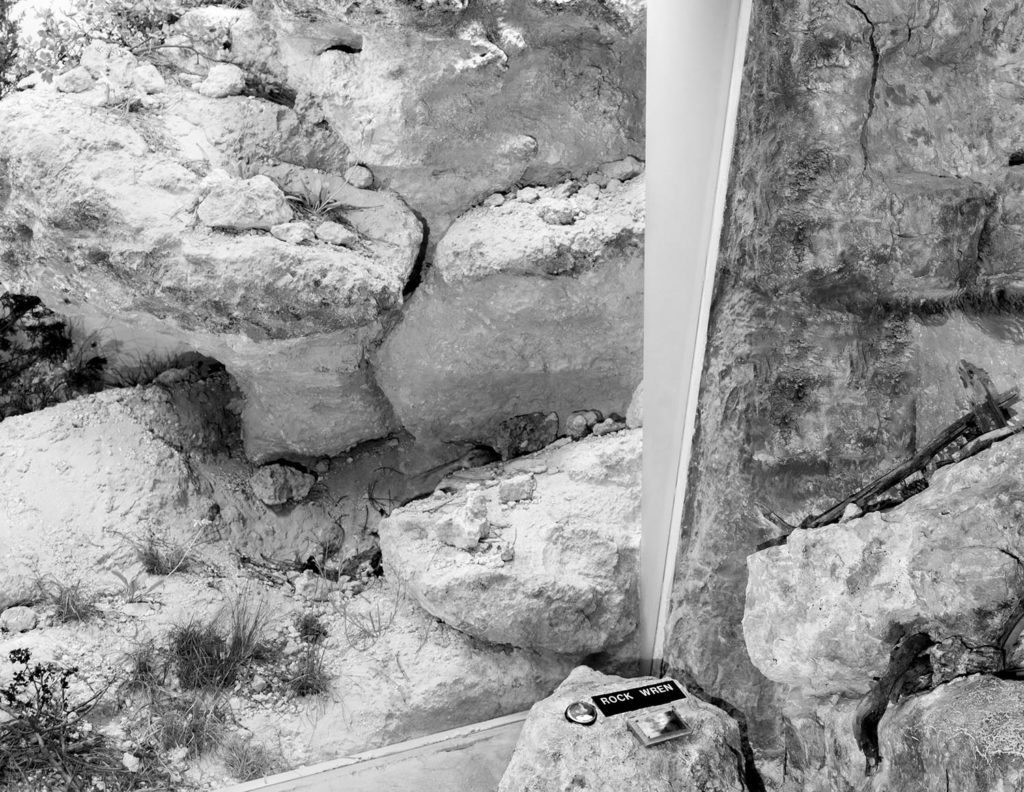
Press to Listen 15 x 21 in. 2021 Inkjet Print

Untitled (Survey) 15 x 21 in. 2021 Inkjet Print
How do you make your work, does it start with a sketch? Can you tell us about your style? How did you arrive at it?
Some works do start with a sketch, while other images I make are influenced by unrelated sketches. Often I find the images that I don't plan the most intriguing ones. Regarding style, I wanted my images to invite objective observation. Most of the time the subjects I photograph have very garish coloring, so by using black and white I remove that distraction and allow the viewer to more immerseively study the forms and subjects within the space. "Evidence" By Mike Mandel and Larry Sultan was a huge influence on this work because of how little information the images share with the viewer. Like their project, I like to play with either under or oversharing information in my images. The use of flash, refleciton, and composition in my photographs are used in a way to either conceal or reveal excess information.

Viewing Port 21 x 15 in. 2021 Inkjet Print

Pinpoint 21 x 15 in. 2021 Inkjet Print
Many artists live by their creative routines, do you have your own studio ritual? What does that look like for you?
Truthfully I don't really have a studio ritual. Everyday looks pretty different. The closest thing to a ritual I have is my morning coffee. This wasn't apart of my everyday ritual before, but truthfully without it I cant really start my day and I have my partner to thank for that.

Studio view
Who are your biggest influences?
Like I said before, Evidence is a huge influence. I'm also a huge fan of Luigi Ghiri, An-My Le, Drew Nikonowicz, and Guy Martin. I have tons of photographic influences, but I also take alot of influence from the history of natural history museums and display. My partner is also a working aritst, so I do take alot of inspiration from her practice aswel.

Studio view
What books or films are an important source of inspiration?
After Nature, Simulacra and Simulation, The Machine in the Garden, Next Nature, and Possessing Nature are a couple of books that I have found incredibly useful for my project.
What’s the best piece of advice you’ve been given?
I've been lucky to have alot of career changing advice from my fantastic faculty at both the University of Nebraska-Lincoln, and Stephen F. Austin State University. I would say that the most influential advice i've received is to not be afraid of reaching out to institutions, buisnsness, and people to gain access to interesting subject matter. Most of my best images have been made because of the access i've been granted. Not only have I been able to make the images i've always wanted to because of this, but I also get to have amazing diologues with professionals working in completely different fields.
What is the best advice you would give to other artists?
Similar to the advice I recieved, I would say to not be afraid to reach out to people. If there is a subject that interests you, but you don't have a way to photograph it, the best thing to do is reach out and ask. The worst thing they can say is no. It's a great learning experience, and the potential to make good friends, good connections, and good images outweights the potential akwardness of a rejection email.

Black Bear 21 x 15 in. 2021 Inkjet Print
Stay up to date with Austin Cullen
Instagram @Austin_Cullen
www.austincullen.com